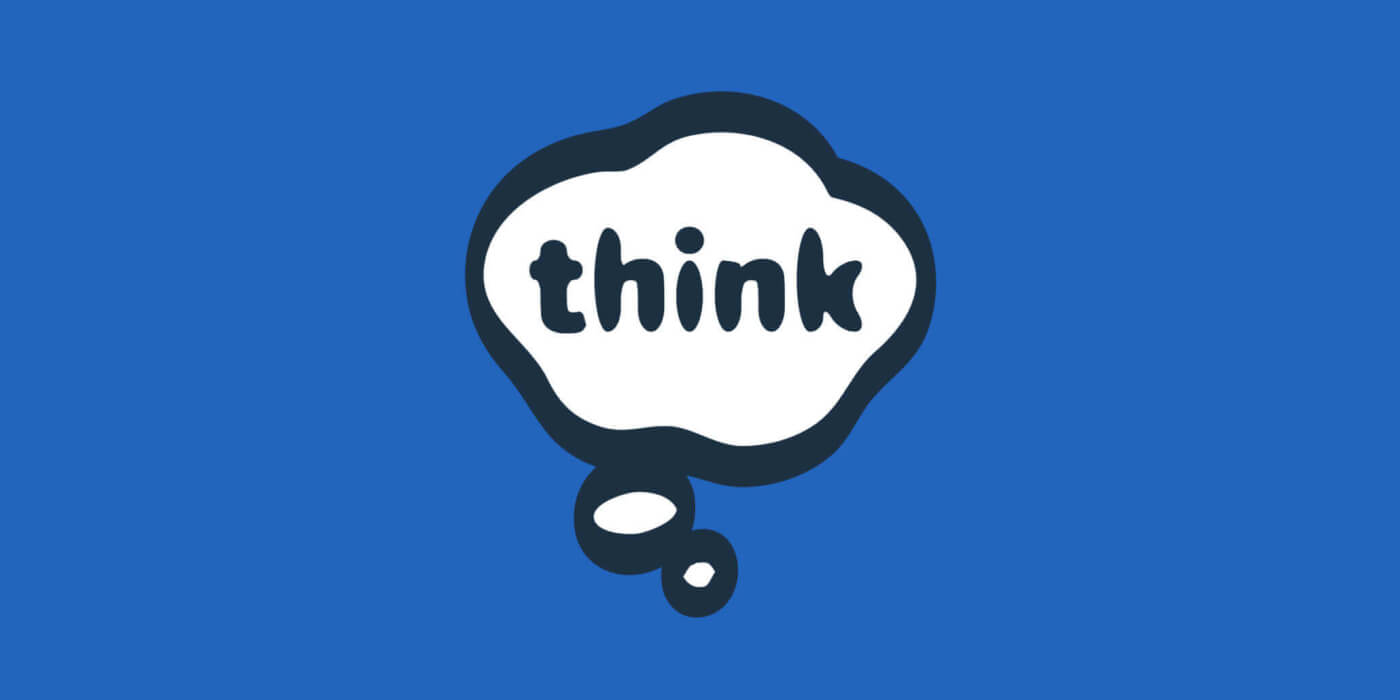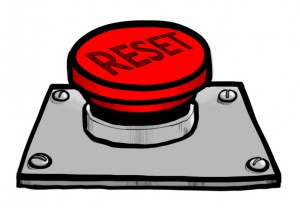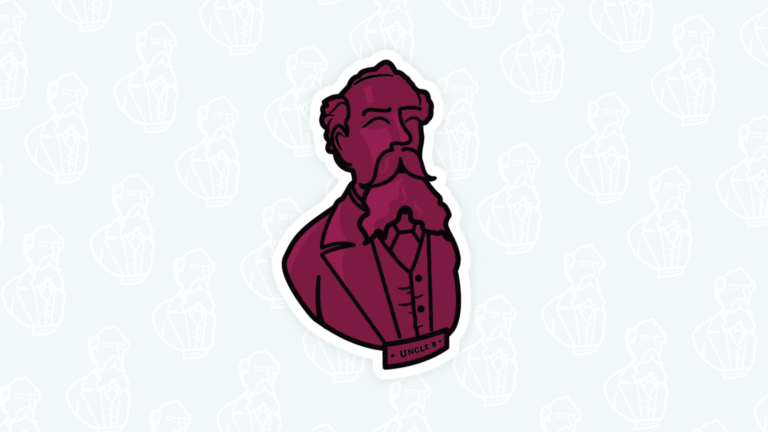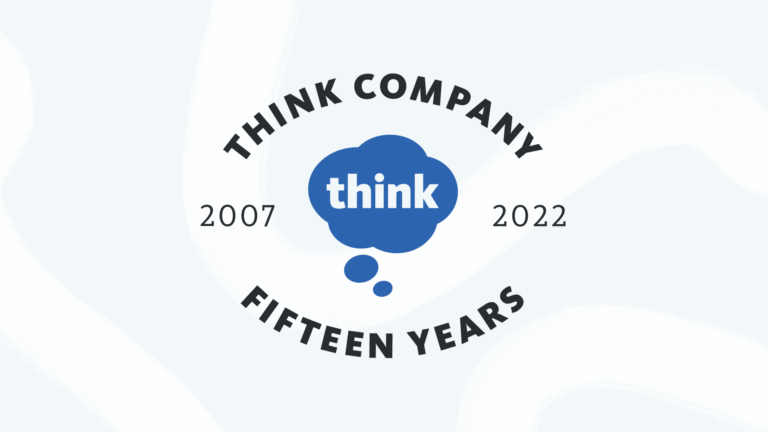Keeping Your Edge While Working On-Site

We’re aware that a significant percentage of you who read the Think Blog (thank you!) do some type of consulting. By consulting I mean you’re not a full-time employee in a large organization. Most likely, you or your firm are hired by a larger organization to address some short-term or project need. You may spend some hours with your client either in person or on the phone, getting to know them, their challenges, customers, and the needs/motivations of all parties. On the whole, though, I’m willing to guess that client-facing time is well less than half of your week.
I don’t want to talk about any of that.
This post is for those of you who are embedded in a client team for the long-haul. The designer doing a multi-month (year?) tour on a large-scale client project, the in-house practitioner amongst a company of engineers, or the optimistic would-be looking to fuel a transition to a new career. I want to talk to you about keeping your focus, staying true to the ideals that have gotten you this far, and not getting sidetracked along your journey.
Hitting Reset
I’ve been doing project-based consulting work for over ten years now and I don’t think there’s ever been a year in which I didn’t find myself at some point feeling like I was being overwhelmed by everything happening around me; losing focus. We all find different ways to cope at times like this. For me, it involves taking a very deep breath, stepping back, and reevaluating everything with as fresh a perspective as I can muster. From here I can break down all those daunting tasks and issues into more manageable components and take them on one at a time.
That all sounds pretty straightforward (and it is—that’s why it works), but the real trick is knowing when to hit that giant reset button. In my experience, there’s usually a week or two before I realize it’s time to punch out. And it’s that timeframe in which you’re most vulnerable to compromising on your foundational ideals and objectives. This is doubly true if you’re working the front lines, preaching the good word of UX design to the wider world. Without the regular support of design-focused peers, it’s easy for your standards and ideals to slowly erode over time. Combine this slow erosion with that vulnerable period before a reset and the value you’re providing to your clients is supremely compromised.
And let’s be clear here…I’m not faulting clients or non-practitioners for challenging us. Whether you’re an outside consultant or an internal expert, they brought you in to provide a skillset and service they both recognize a need for and in which they find value. It’s our job to meet that need and provide that value. It’s also our job to ensure that value is consistent (if not increasing) over time. If you’re not challenging the status quo or asking the hard questions, then I would say you’re not doing your job. On the flip side, if they’re not challenging you or asking you hard questions, then they’re just phoning it in.
Re-Orienting
I found myself in a such a position recently and it took a genial—but firm—talk with a more grounded co-worker to help re-orient me to my role and the standards I was tasked with upholding. In all honesty, it was probably less of an issue than I’m making of it, but it really started me thinking along these lines. How do we maintain our standards when we’re out on our own? What kinds of touchstones can we use to periodically recalibrate our senses? And who can we count on when things get dicey and we need a strong dose of common sense?
The last question is probably the easiest: find a manager or mentor you can turn to on a regular basis as a sounding board. If you’re an independent contractor this might be a bit trickier, but not impossible. Even if there’s no formal question to ask, sometimes it just helps to talk a situation through with a knowledgable outsider (to the project, anyway).
The other two issues are likely dependent on your work style. For me, it’s a multi-step process. For maintaining standards, I think it’s important to have a reference list to which you can regularly refer (monthly? quarterly?). In my case, the list I’m building looks something like this:
- Am I proud of my work?
- Are my deliverables of a level of quality such that I could present them to a first-time client?
- Would I hire me to do this job?
- Imagine one year back and one year forward: what would I think of my current deliverables?
Kind of cheesy and self-helpy, I know. But I have a feeling it’s questions like these that will force me to reconsider what I’m producing at any one time. They’re meant to be a bit annoying and jarring (or at least off-putting) to break me out of whatever funk I may be in at that time. And if I’m not in a funk and all is well? No harm, no foul.
As far as touchstones go, I feel like doing my regular blog and book reading is a good start. These help keep me current with other practitioners and industry thinkers. The other piece, of course, is to schedule regular trips back to your home office. Use that time to catch up with your peers, get a sense for what they’re working on, and what challenges they’ve been facing. At the least, be sure to attend any regular monthly or quarterly status meetings your company may hold, they’re a great way to quickly see what everyone else has been up to.
What Doesn’t Kill You…
Working in an office full of like-minded peers is great in terms of support, easy access to a wide knowledge base, and expanding your UX skill set. I would make the case, however, that working offsite—playing the role of embedded expert—can have equal, if slightly different, benefits. You’re the go-to resource, so you’ll quickly become used to the spotlight. Because of this increased scrutiny, your ability to sell an idea—making your points clearly and persuasively—will either make or break you. Finally, being surrounded by non-practitioners will force you to reevaluate what in different company might have been blindly-accepted truths. That is frequently a good thing.
So take heart you solo knights-errant of the UX realm. You fight a noble battle, and whence you emerge on the other side you will be all the stronger. And if you find yourself lost along the way, look to the universal standards flying on the ramparts above and carry on the good fight.




